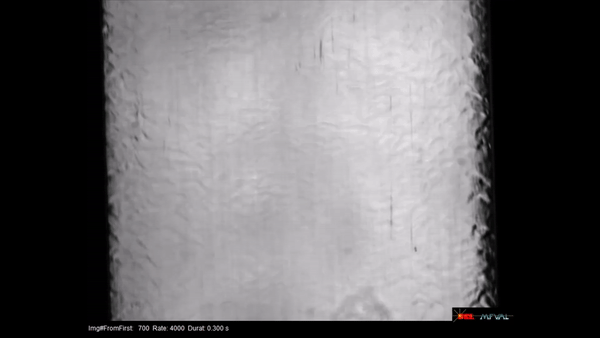Annular flow
Annular flow is characterized by a vapor core, liquid film on the wall, and liquid droplets entrained within the core. Shear at the liquid-vapor interface drives the flow of the liquid film along the heated surface. In general, the two-phase HTC increases as the liquid-film thickness decreases. For given flow conditions, there ex- ists a combination of heat flux and vapor quality such that the local HTC reaches a maximum. Increasing the heat flux or vapor quality past this critical point results in a reduction in heat transfer coefficient. The reduction in HTC is associated with some degree of
Flow boiling is an effective method for cooling high heat flux devices, such as concentrated solar photovoltaic cells and microprocessors, where a sudden increase in surface temperature can cause damage and possibly the complete failure of the device. In flow boiling, energy is transferred from the walls of a heated channel to a saturated fluid by a combination of forced convection and evaporation. A very important phenomenon that can occur during flow boiling is the onset of the boiling crisis, which is characterized by a severe reduction in heat transfer from the heated surface to the fluid and results in a rise in surface temperature. To prevent such situations, it is important to understand the mechanisms that lead to the boiling crisis.
